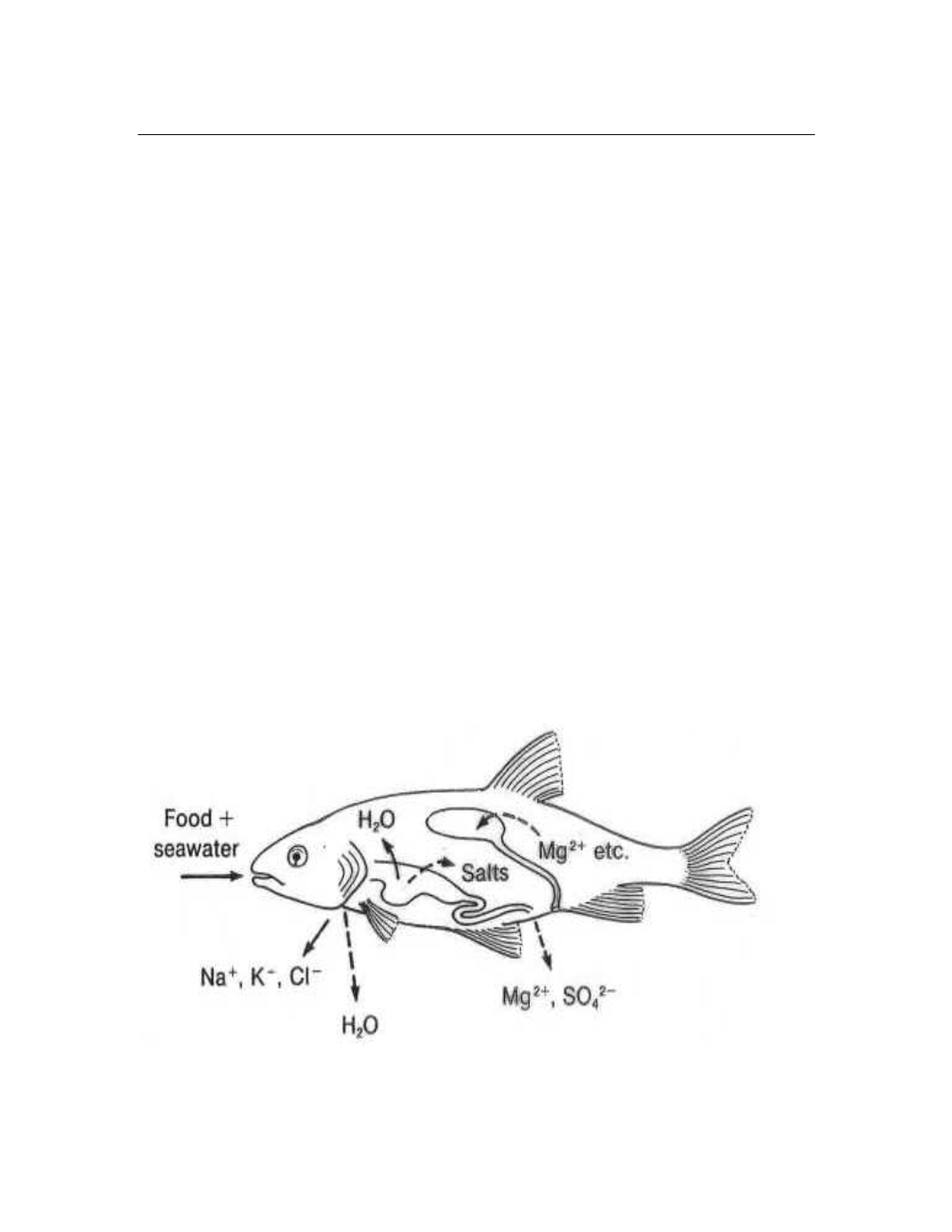
Environmental Assessment
Volume E-3.9
Tailings Facility
Oceanography
Ambatovy Project
96
January 2006
Changes in Salinity
Salinity refers to the dissolved salt content of seawater, to which marine
organisms have developed osmotic control mechanisms (exclusion or excretion)
of ionic salts. The average salinity of most oceans has been estimated at between
34 - 35 ppt (parts per thousand), with most marine organisms being able to
tolerate variations any where between 33 and 36 ppt. Tropical regions are known
to experience higher evaporation rates and thus higher average salinities of 35 ppt
are expected (DWAF, 1995).
Primary producers such as green algae (e.g.
Ulva
spp.) are the most susceptible
to decreases in salinity, with sudden mass mortalities usually a result. Brown and
red algae are able to tolerate gradual declines in salinities, down to 15 ppt for
short periods of time, resulting in limited osmotic damage (DWAF, 1995).
Primary consumers are less susceptible to changes in salinity, with most literature
indicating that prawns and shrimp are most likely to experience osmotic stress
(Inchem, 2005). Sudden changes to ambient salinity constantly results in mass
mortality within prawn banks, where sudden freshwater inputs are likely, such as
in estuaries. Adult fish (primary consumers and secondary consumers) have
better physiological control mechanisms for changes in osmotic conditions, either
through the exclusion / excretion of ions (increase salinity) or active excretion of
water via kidney function (decrease salinity) (Figure 3.9-2). Again the
developing eggs, embryos and larvae of these consumers face the greatest risk in
terms of salinity changes (DWAF, 1995).
Figure 3.9-2 Salt exclusion mechanisms used by Teleost fish; either by the gills,
urinary or digestive systems, adapted from Prosser, 1973.


